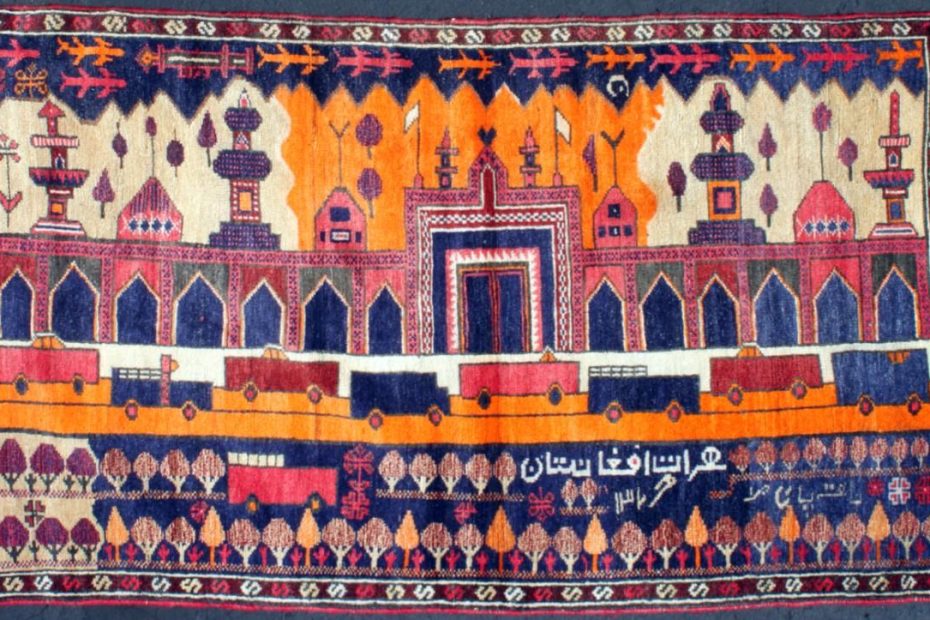# Introduction to Afghanistan
Afghanistan is a country located in South-Central Asia, bordered by Pakistan, Iran, Turkmenistan, Uzbekistan, Tajikistan, and China. With a rich history going back thousands of years, Afghanistan has been an important hub along the Silk Road and home to various empires and dynasties. This strategic location and turbulent history has contributed to the incredible diversity found within Afghanistan today.
# Geography and Climate of Afghanistan
## Mountainous terrain
Afghanistan is dominated by some of the highest and most rugged mountains in the world. The Hindu Kush range runs diagonally across the country and includes peaks over 7,000 meters. Mountains cover around two-thirds of the total land area. There are also many valleys, gorges, and caves.
## Arid and continental climate
Most of Afghanistan has an arid and continental climate with hot summers and cold winters. At higher elevations, the climate is alpine with very cold winters. Rainfall is low across the country, averaging around 300 mm annually.
# People and Languages of Afghanistan
## Ethnic groups
Afghanistan has a multi-ethnic population including Pashtuns, Tajiks, Hazaras, Uzbeks, Aimaqs, Turkmens, and Balochs among others. There are also nomadic groups like the Kuchis.
## Languages spoken
There are two official languages – Pashto and Dari (Afghan Persian). Many other languages are spoken including Uzbek, Turkmen, Balochi, Pashayi, and Nuristani.
# Vibrant Traditions and Festivals
## Nowruz – Persian New Year
Nowruz marks the start of the new year in the Persian calendar. It is celebrated for two weeks in March with rituals like “haft mewa” (seven fruits) and preparations like spring cleaning.
## Independence Day
Afghanistan’s independence from British control in 1919 is celebrated on 19th August. The day involves flag ceremonies, parades, speeches, and cultural events.
## Eid al-Fitr – End of Ramadan
This religious festival marks the end of Ramadan. People wear new clothes, eat sweet dishes, visit friends and family, and exchange gifts.
# Colorful Crafts and Textiles
## Afghan rugs and carpets
Afghan rugs are famous worldwide for their quality and intricate geometric and floral designs. Natural dyes like madder and indigo are used. The Turkoman carpet is one iconic type.
## Embroidery and needlework
Afghan embroidery uses colorful threads and beads to create striking designs on clothing, wall hangings, cushions, and more. It is an important craft and folk art.
# Varied Cuisine Reflecting History and Culture
## Kabuli pulao – national dish
This rice dish, often served at weddings and events, is considered the national dish. It contains meat, carrots, raisins, and spices.
## Mantu – meat dumplings
These steamed dumplings are filled with minced meat, onions, and spices. They are eaten with chili sauce and yogurt.
## Baklava – sweet dessert
This rich, flaky pastry is made of layers of filo dough, chopped nuts, and honey. It is a popular dessert across Central and South Asia.
# Conclusion
From the snow-capped Hindu Kush mountains to scorching deserts, Afghanistan’s varied geography and climate has shaped its diversity. Home to numerous ethnic groups and languages, it has vibrant traditions, arts, and mouth-watering cuisine. The kaleidoscope of Afghan culture is worth exploring and celebrating.
# FAQs
Q: What are the two official languages of Afghanistan?
A: Pashto and Dari (Afghan Persian).
Q: Which ethnic group forms the largest part of the population?
A: Pashtuns comprise the largest ethnic group.
Q: What is the national sport of Afghanistan?
A: Buzkashi, a traditional Central Asian sport played on horseback.
Q: What are some famous handicrafts of Afghanistan?
A: Carpets, rugs, embroidered fabrics, ceramics and pottery.
Q: Which festivals are celebrated in Afghanistan?
A: Nowruz, Eid al-Fitr, Independence Day, and other Islamic festivals.
